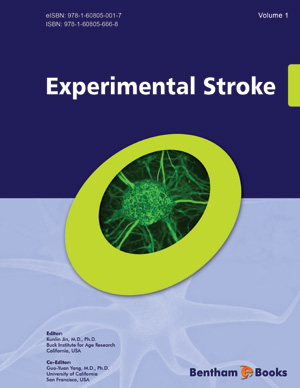Abstract
Stroke is caused by a partial or full blockage of the blood supply to certain part of the brain and afflicts both young and old. Stroke can be either hemorrhagic or ischemic in nature and can also result from a permanent blockage or a transient occlusion of one or several arteries. The transient stroke may additionally involve reperfusion injury. Currently, the only effective means of stroke treatment is early administration of tissue plasminogen activator (tPA), which has a small window of opportunity (within 3 hours after the onset of stroke). Thus development of new therapies especially the delayed treatments many hours and even days after stroke is very much needed. One treatment approach that has recently garnered a lot of attention is stem cell transplantation. Much of neuroscience research focuses on the analysis and characterization of both the endogenous response of stem cell proliferation and migration following an ischemic insult as well as the effects of exogenous stem cell transplantation. Studies have identified endogenous stem cell niches in the adult and the neonatal rodent brain and many groups have tried to harness the ability of the host to regenerate damaged tissue following stroke. This chapter will briefly review endogenous stem cell experimentation and cover recent advancements in exogenous stem cell transplantation.






















